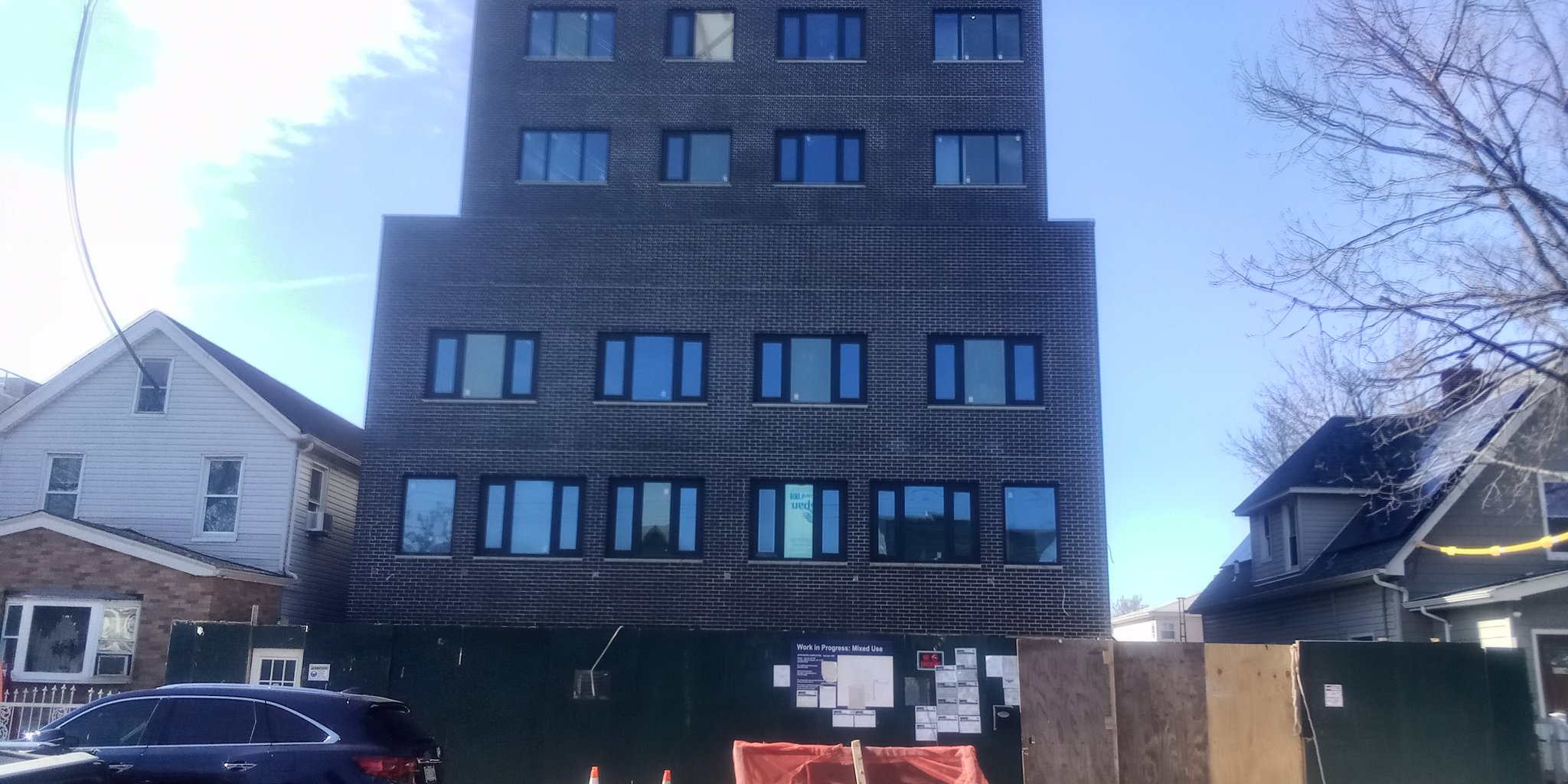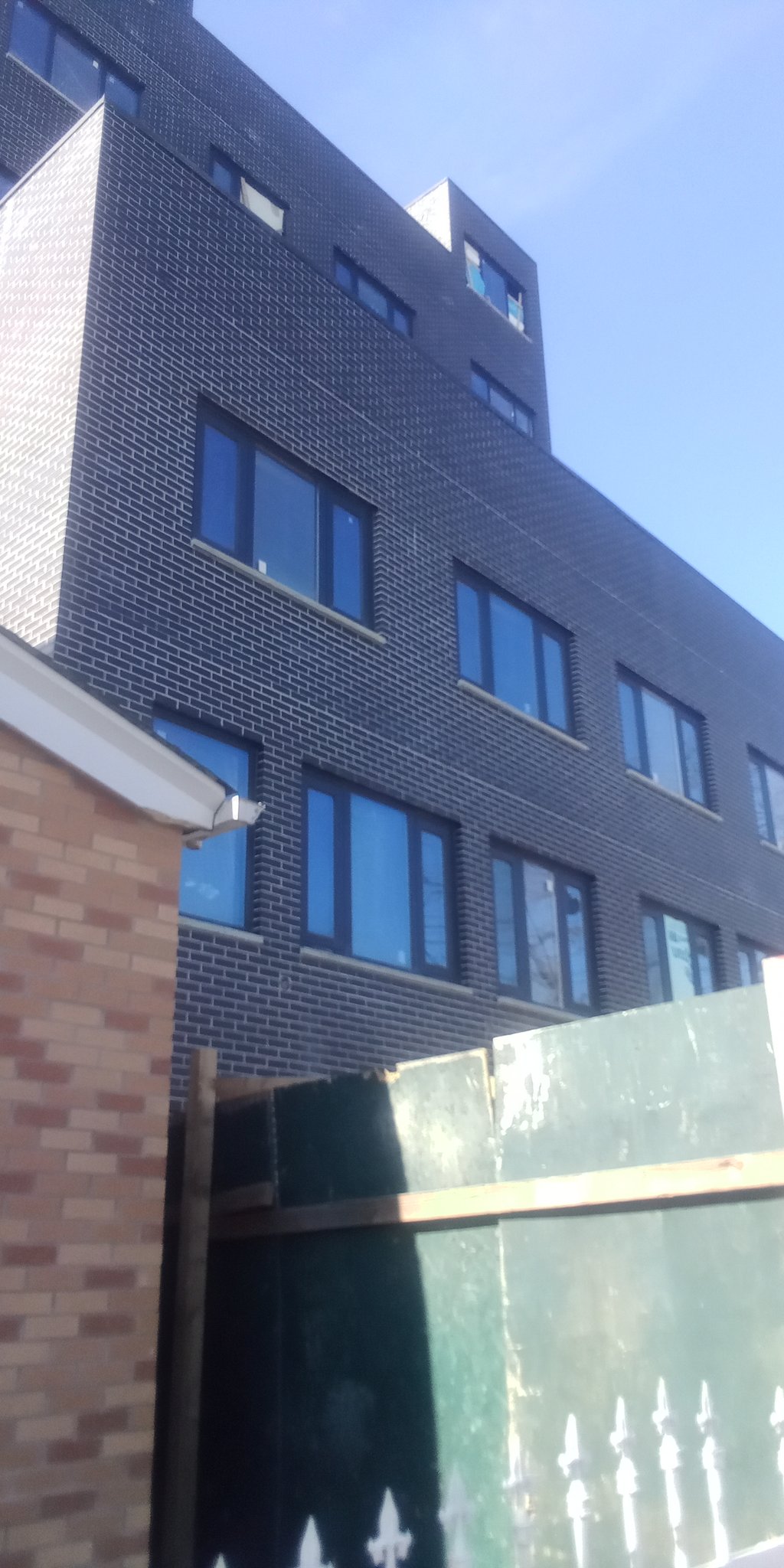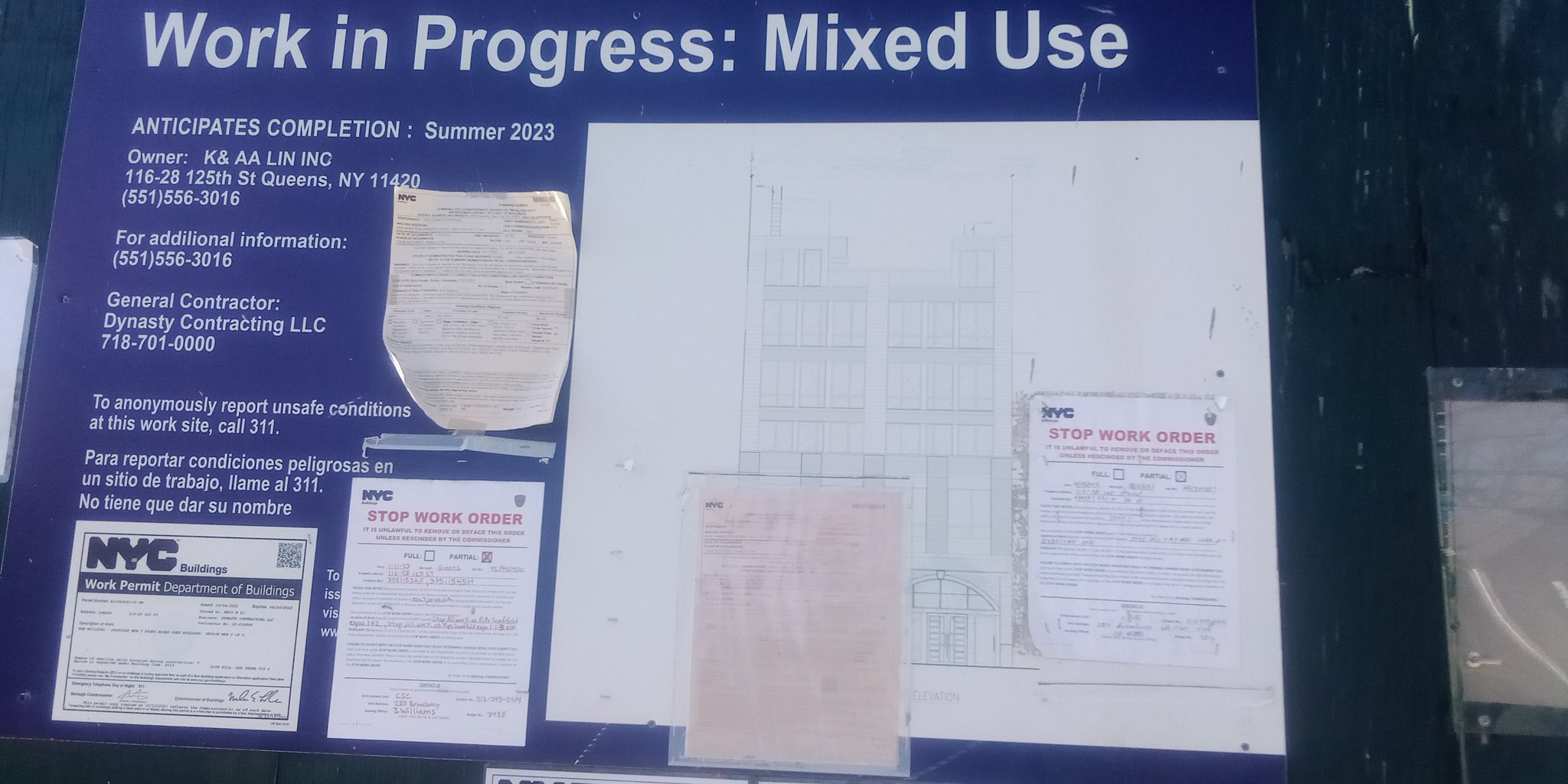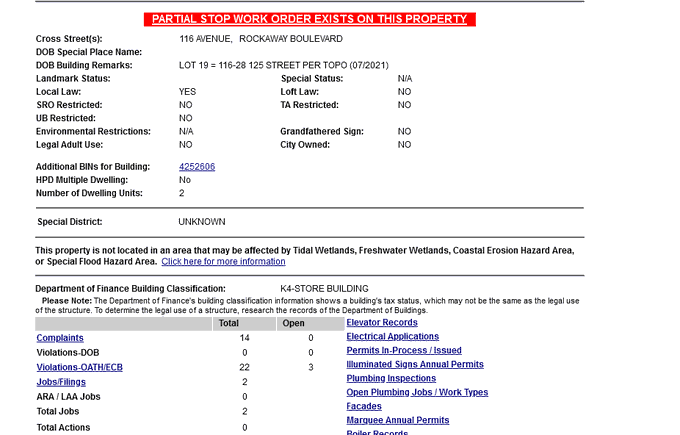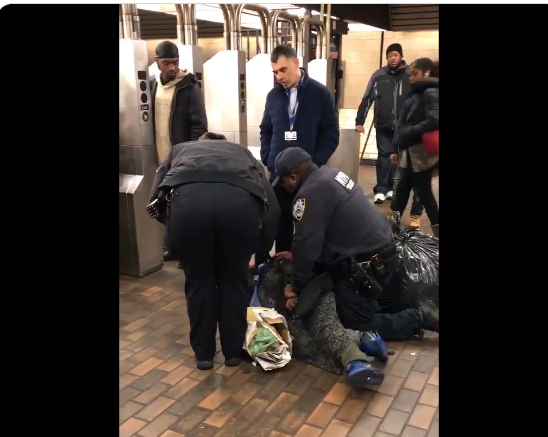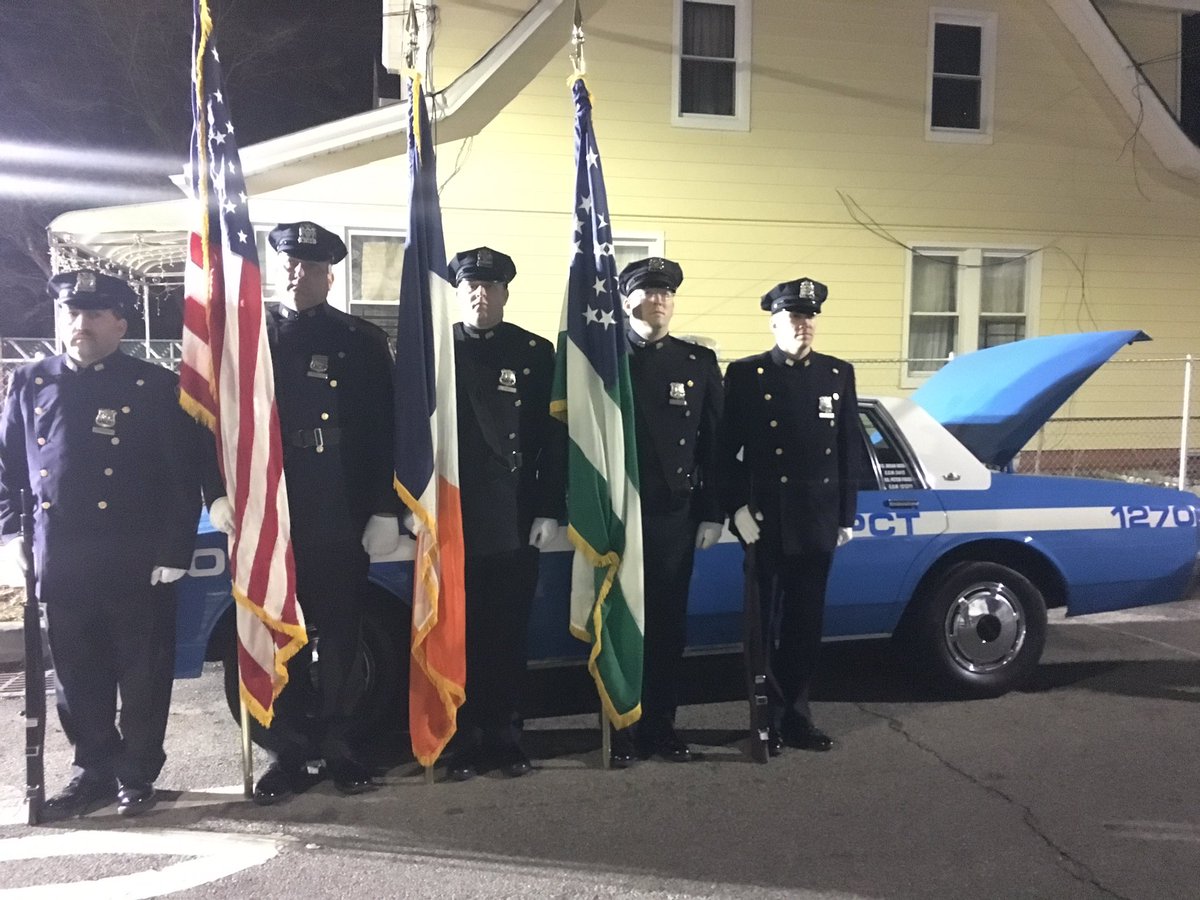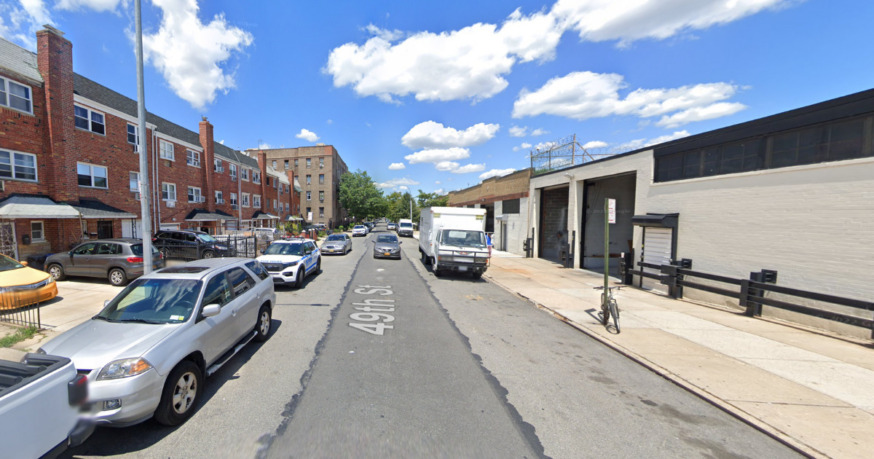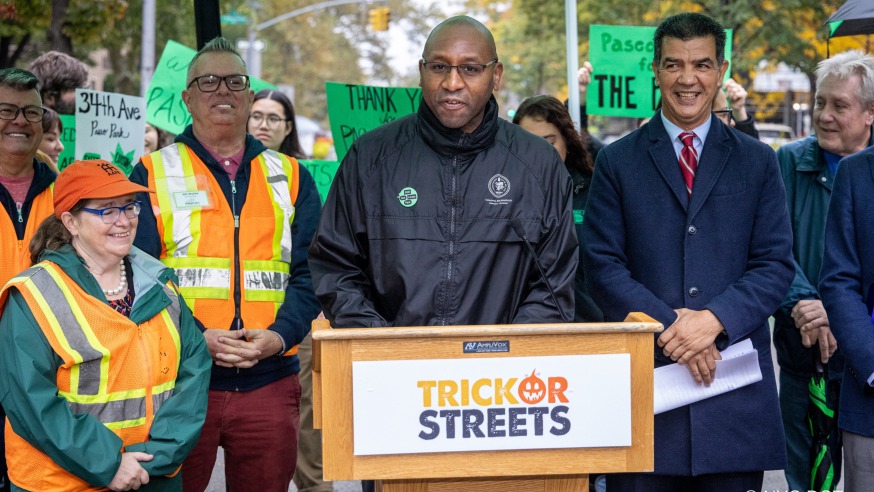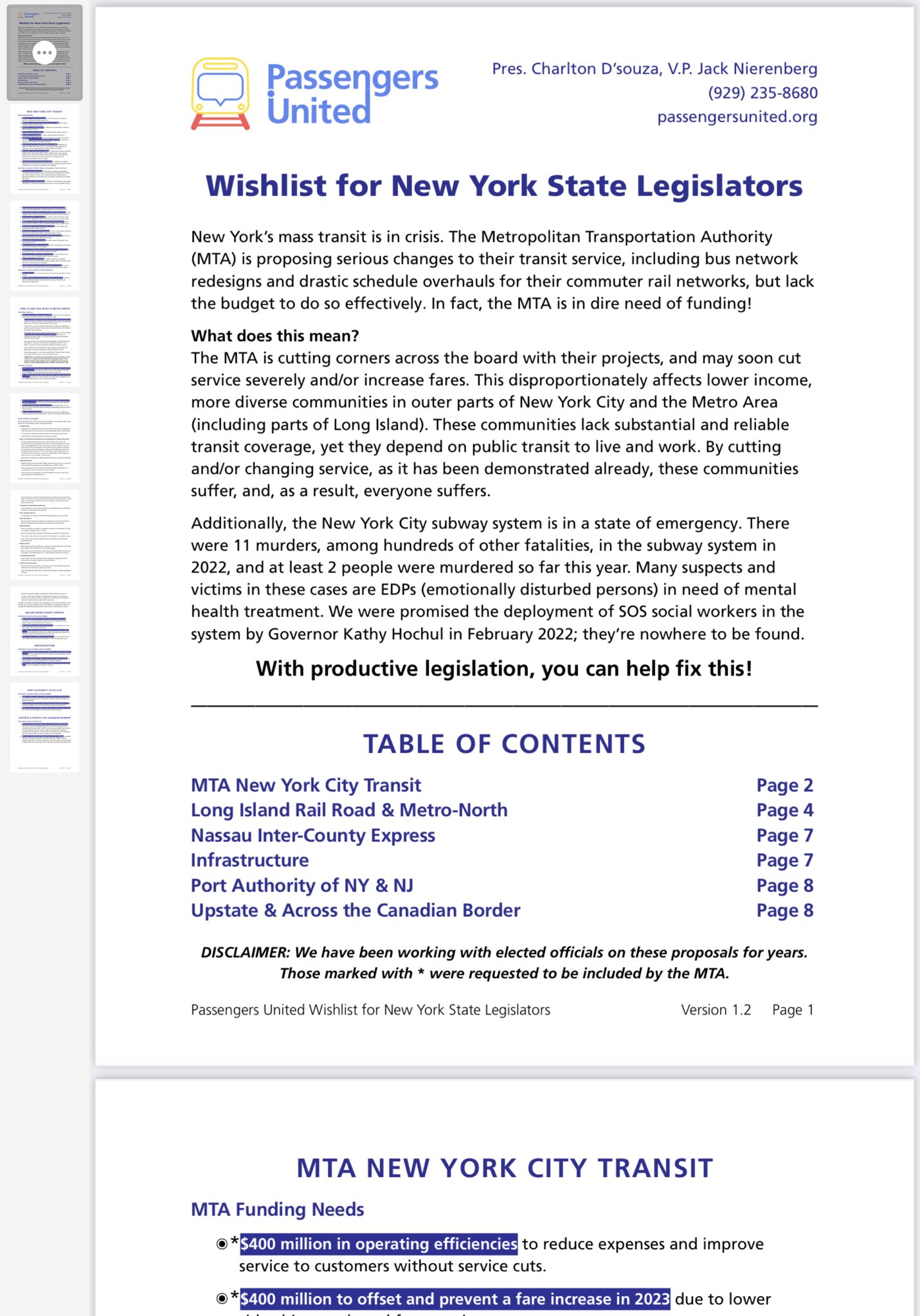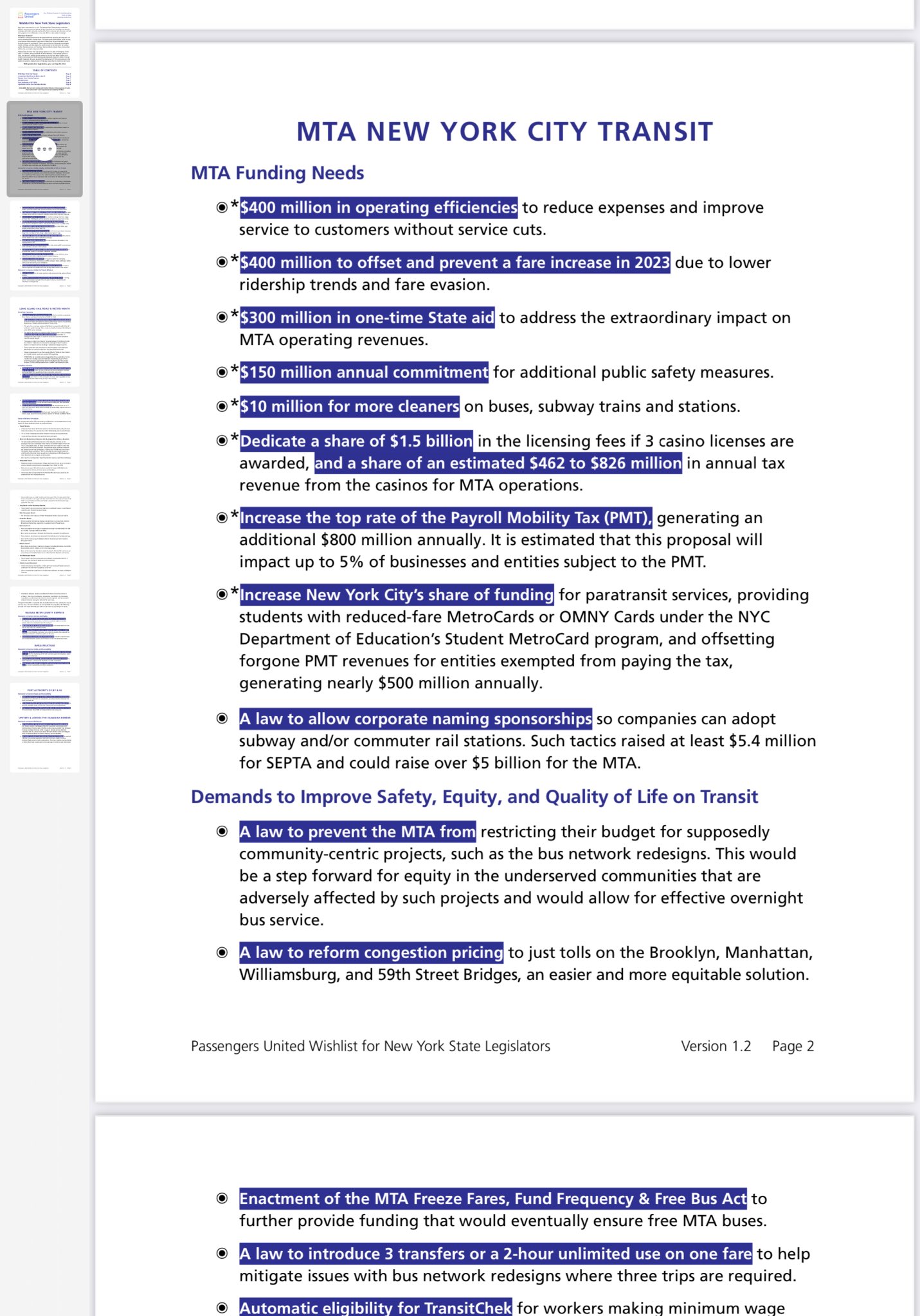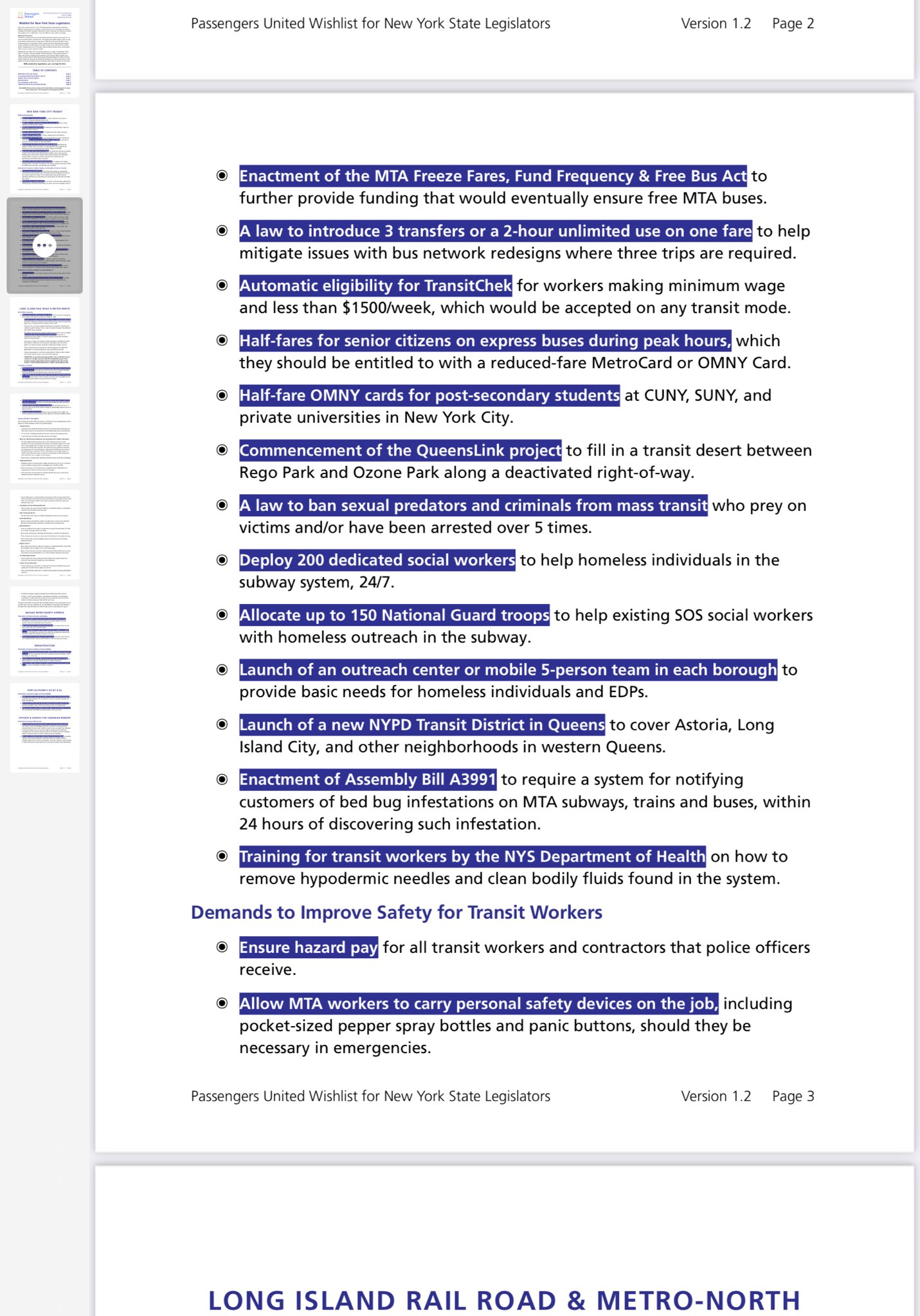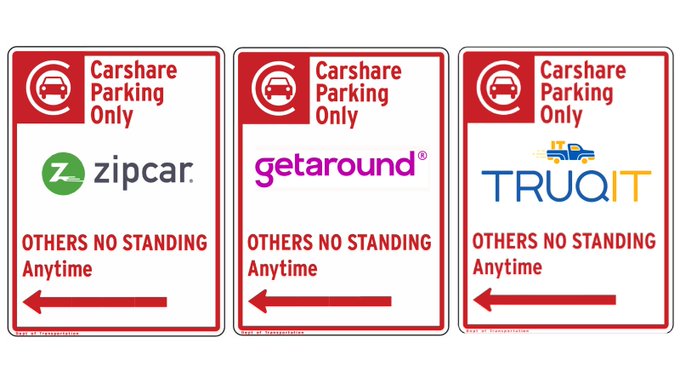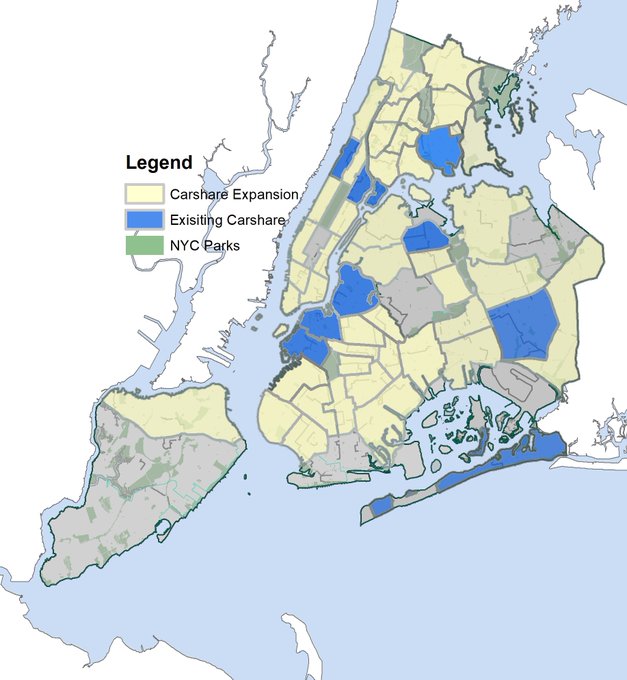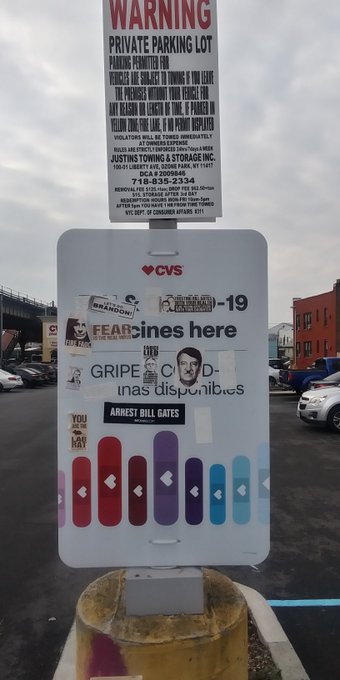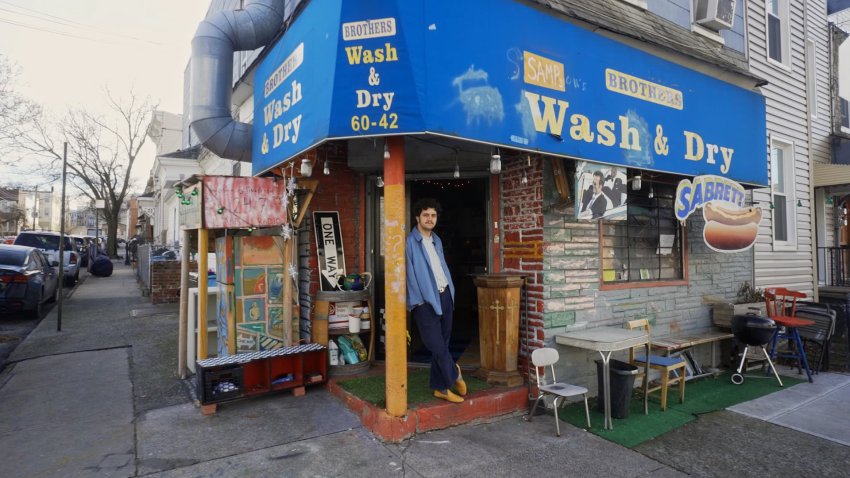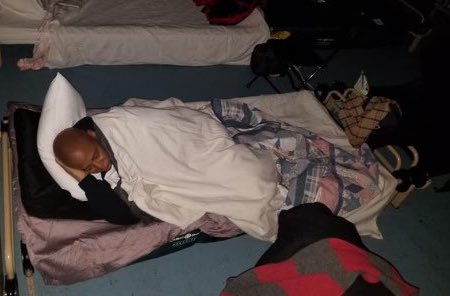
NY Post
Thank you for having me here to testify about public safety in New York state.
I’m going to open by saying something you’ve all heard before; the
reforms passed in 2017 and 2019, although they were well intentioned and
brought about important changes, have been extremely detrimental to public safety.
What you may not have heard before is a hard truth: that these
reforms have had their most devastating impact on black and brown
communities. If you take an honest look at the data — the increases in
crime, the victims of those crimes and the location of the most violent
crimes — the connection is quite clear.
I’ll set the stage by taking a look at our practices before the
reforms. For statistical purposes I will highlight a large metropolitan
county and a mid-sized upstate county.
One area that commanded much attention pre-reforms was the percentage
of people who were being held on bail post-arrest but pre-conviction.
Let’s set the record straight: that was always low, even prior to bail
reform. In Albany County, 40% of the beds at the correction facility
were occupied by sentenced defendants and defendants awaiting trial on
violent felonies.
One 2019 study of the jail population in Queens County found that 95%
of the defendants being held pretrial were being held on felonies, 41%
on violent felonies.
The perception that many people were being held on minor charges on
low bail amounts was always absolutely false. In fact, the same Queens
study showed that defendants being held solely because of their
inability to post bail on misdemeanor charges had an average of more
than five felony arrests, seven misdemeanor arrests, seven misdemeanor
convictions and almost three failures to appear.
At some point, repeated violations of the law and disrespect for the
process has to be treated with the level of seriousness it deserves.
When bail reform took effect just over three years ago, thousands of
defendants were released from local jails. In fact, some judges actually
started a “soft launch,” if you will, by releasing some defendants in
November of 2019 in anticipation of the new laws, apparently to avoid
the mass release of thousands of incarcerated individuals on one day —
and perhaps the bad press that would garner.
Among those individuals suddenly released were hundreds of accused
drug dealers, car thieves, shoplifters, burglars, and robbers
statewide.
Members of law enforcement have often been told that the suspension
of services during the overlapping coronavirus pandemic was the driving force behind the increases in crime in 2020. While that was undoubtedly a contributing factor, that is not a holistic explanation for the decline of public safety.
We actually do have a short window of time to analyze that was
post-reforms but pre-COVID. That would be the first 2 ¹/₂ months of
2020. Crime had already started rising — by a lot — by the time the
coronavirus hit.
In New York City alone, crime rose 20%, ending a 27-year stretch of
yearly crime reductions. Crime was up across the board. Burglaries up
26.5%; robbery up 33.9%; grand larceny up 15.8%; car theft up 68%; petit
larceny up 19%.
What a coincidence that each of these crimes became a non-bailable
offense in 2020, meaning that all those previously held on bail on these
charges were released by Jan. 1, 2020. If you deny that the release of
hundreds of car thieves, burglars, drug dealers and petty thieves had an
obvious impact on crime in New York, you’re denying common sense.
You don’t need to be a weatherman to know which way the wind is blowing.
Additionally, the new law created a new form of release:
“non-monetary release.” This allows judges to release a defendant
without bail but enables them to impose certain conditions, such as
requiring the defendant to report to a pretrial agency, seek employment
or wear an ankle bracelet. These conditions could only be imposed if the
court found that the defendant was a flight risk.
This release condition was designed to replace bail, while placing
some restrictions on the defendant intended to be more impactful than
release on recognizance. These were imposed, essentially, on the
defendants who would have had bail set under the old law. If they had a
prior conviction or pending case, it would be even more likely a judge
would have set bail under the old law.
If we use the Unified Court System’s pretrial data dashboard, and
look at the defendants put into the non-monetary release program, we see
the following:
- Between Jan. 1, 2020 and June 30, 22, 39.6% of the defendants put into NMR got re-arrested while their case was pending.
- For those defendants put into NMR who had a prior conviction or pending case (79% of the total), the re-arrest rate was 44.6%.
- For those defendants put into NMR charged with commercial
burglary, the re-arrest rate was 62%. For residential burglary, it was
47%. For grand larceny, it was 56%. For robbery third degree, it was
56%. For petit larceny, it was 67%.
However, even these numbers undercount the full scope of recidivism.
They do not count re-arrests during the time between plea and sentence,
which can run for weeks or months. They only count one re-arrest, so if
a defendant gets re-arrested four times while out on bail, it only
counts in Department of Criminal Justice Services stats as one arrest.
The implicit assumption in all of this, that a career criminal is
arrested every time they commit a crime, is naïve to say the least.
In the mind of someone who is determined to break the law, the
ability to repeat offenses over a short period of time with minimal
repercussions serves only to incentivize such behavior.
Speaking of incentivizing behavior with the removal of consequences, the impact of Raise the Age
has been comparably detrimental to public safety. Since the
implementation of Raise the Age, Albany County has seen approximately
312 Raise the Age cases, involving only 230 defendants. I only say
“approximately” because these numbers can change on a day-to-day basis.
Thirty-four percent of those defendants have been arrested more than
once; 19% percent of those re-arrested were detained as minors. Of those
re-arrested, 62% were re-arrested for a violent felony.
But what do those numbers mean? Those numbers mean that transferring a
case to family court often leads to the defendant being returned to the
very community that led them down that path to begin with. Violent
cases need to remain in the adolescent part to prevent further community
harm.
Back to the bail reform law, we should also look at the literal
wording of the law, specifically, the words “least restrictive.” These
two words from the Bail Elimination Act are specifically referenced by
judges when making a determination on bail. That standard often leads to
a demonstrably dangerous person being returned to the same environment
and community in which they committed their crimes. This helps neither
the community nor the offender.
I’d like to conclude by saying, despite the wild misconceptions,
generalizations and assertions of activists about the intentions of
prosecutors, our aim isn’t to lock up as many people as possible, for as
long as possible.
The decade-and-a-half period between the Rockefeller Reforms and Pre
Bail Reform in 2020 reflect the greatest gains in public safety in the
history of New York state. Prosecutors engaging in intelligence-based
investigations and prosecutions applied a tough-on-crime and
smart-on-diversion approach that ushered in the age of prison closings
throughout New York state.
We understand the complicated nature of social determinants of crime and agree that those should also be prioritized.
However, pretending that accountability and the immobilization of
criminals isn’t a critical part of public safety is akin to pretending
the Earth is flat.
Just because your echo chamber repeats it, doesn’t make it true.
As a public service in my duty as being somewhat a journalist, here again is the full list of criminal offenses that legislators minimized for the bail reform law that has led to the near 30% rise in crime in New York City:
2nd degree Burglary of a residence
2nd degree Burglary as a Hate Crime
3rd degree Burglary of a commercial building
3rd degree Burglary as a Hate Crime
2nd degree Robbery aided by another person
2nd degree Robbery as a Hate Crime
3rd degree Robbery
Criminal sale of a controlled substance (multiple counts)
Using a child to commit a controlled substance crime
Criminal possession of a controlled substance (multiple counts)
Criminal sale of a controlled substance in or near a school
Criminal injection of a controlled substance into another person
Criminal sale of a controlled substance to a child
Criminal sale of a prescription for a controlled substance by a pharmacist
Criminal possession or creation of Methamphetamines
3rd degree Assault
3rd degree Assault as a Hate Crime
Reckless Assault of a child by a day care provider
Reckless Assault of a child
Stalking (multiple counts)
Stalking as a Hate Crime (multiple counts)
Vehicular Assault (multiple counts)
Aggravated Vehicular Assault
Aggravated Assault on a child under 11 years-old
Aggravated Assault on a child under 11 years-old as a Hate Child
Menacing (multiple counts)
Menacing as a Hate Crime (multiple counts)
Reckless Endangerment (multiple counts)
Promoting a suicide attempt
1st degree Stalking while committing a sex offense
Criminal Obstruction of Breathing
Criminally Negligent Homicide
2nd degree Vehicular Manslaughter
Aggravated Vehicular Manslaughter
2nd degree Manslaughter
Unlawful Imprisonment (multiple counts)
Unlawful Imprisonment as a Hate Crime (multiple counts)
Aggravated Labor Trafficking
Custodial Interference (multiple counts)
Substitution of children
Coercion (multiple counts)
Coercion as a Hate Crime (multiple counts)
Criminal Trespass (multiple counts)
Criminal Trespass as a Hate Crime (multiple counts)
Possession of burglar’s tools
Unlawful possession of a police scanner
Criminal Mischief (multiple counts)
Criminal Mischief as a Hate Crime (multiple counts)
Criminal Tampering (multiple counts)
Cemetery Desecration (multiple counts)
Aggravated Cemetery Desecration (multiple counts)
Reckless Endangerment of property
Tampering with a consumer product (multiple counts)
Graffiti
Possession of Graffiti tools
3rd degree Arson
4th degree Arson
5th degree Arson
3rd degree Arson as a Hate Crime
4th degree Arson as a Hate Crime
5th degree Arson as a Hate Crime
Grand Larceny (multiple counts)
Grand Larceny at a Hate Crime (multiple counts)
Aggravated Grand Larceny of an ATM
Petit Larceny
Petit Larceny as a Hate Crime
Computer Tampering (multiple counts)
Computer Trespass
Unauthorized use of a computer
Unlawful duplication of computer materials (multiple counts)
Welfare Fraud (multiple counts)
Criminal use of a public benefits card (multiple counts)
Criminal possession of a public benefits card (multiple counts)
Unauthorized use of a vehicle (multiple counts)
Auto stripping (multiple counts)
Theft of services
Unauthorized use of a credit card
Jostling
Fraudulent Accosting
Criminal Possession of Stolen Property (multiple counts)
Forgery (multiple counts)
Criminal possession of a forged instrument (multiple counts)
Criminal possession of forgery devices
Criminal possession of a Vehicle ID Number
Forgery of a Vehicle ID Number
Falsifying business records (multiple counts)
Tampering with public records (multiple counts)
Offering a false instrument for filing (multiple counts)
Insurance Fraud (multiple counts)
Health insurance fraud (multiple counts)
Criminal diversion of prescription medications (multiple counts)
Commercial bribery (multiple counts)
Rent Gouging (multiple counts)
Residential mortgage fraud (multiple counts)
Aggravated identity theft (multiple counts)
Bribery (multiple counts)
Perjury (multiple counts)
Bail jumping (multiple counts)
Obstructing governmental administration (multiple counts)
Obstructing governmental administration with a self-defense spray device
Killing a Police Dog or Police Horse
Obstructing emergency medical services
Obstructing governmental services with a bomb
Escape (multiple counts)
Promoting prison contraband (multiple counts)
Resisting arrest
Hindering prosecution (multiple counts)
Making a false sworn statement
Bribing a witness
Receiving a bribe as a witness
Bribing a juror
Receiving a bribe as a juror
Providing a juror with a gratuity
Tampering with a juror (multiple counts)
Tampering with physical evidence
Compounding a crime
1st degree Criminal Contempt – refusing to be sworn in as a witness
2nd degree Criminal Contempt
ALL Gambling offenses
ALL Prostitution offenses
Providing indecent material in minors (multiple counts)
Riot (multiple counts)
Criminal Anarchy
Harassment (multiple counts)
Harassment as a Hate Crime (multiple counts)
Aggravated Harassment (multiple counts)
Aggravated Harassment as a Hate Crime (multiple counts)
Aggravated Harassment of an employee by an inmate
Criminal nuisance (multiple counts)
Falsely reporting a crime
Pointing a laser at an aircraft (multiple counts)
Harming a service animal (multiple counts)
Public lewdness
Illegal eavesdropping
Dissemination of unlawful surveillance (multiple counts)
Non-support of a child (multiple counts)
Endangering the welfare of a child
Assisting in female genital mutilation
Endangering the welfare of an incompetent or physically disabled person
Endangering the welfare of a vulnerable elderly person
Endangering the welfare of a disabled person (multiple counts)
Promoting an obscene sexual performance by a child
Possession of an obscene sexual performance by a child
Promoting a sexual performance by a child
Possessing a sexual performance by a child
4th degree Criminal possession of a weapon
Criminal possession of a weapon on school grounds
Criminal possession of a firearm
3rd degree Criminal possession of a weapon
Criminal purchase or disposal of a weapon
Unlawfully wearing a body vest
Unlawfully fleeing a police officer in a vehicle (multiple counts)
Enterprise corruption
Money Laundering (multiple counts)
Money Laundering in support of terrorism (multiple counts)
Corrupting the government (multiple counts)
Criminal solicitation (multiple counts)
Conspiracy (multiple counts)
Conspiracy as a Hate Crime (multiple counts)
Criminal facilitation (multiple counts)

